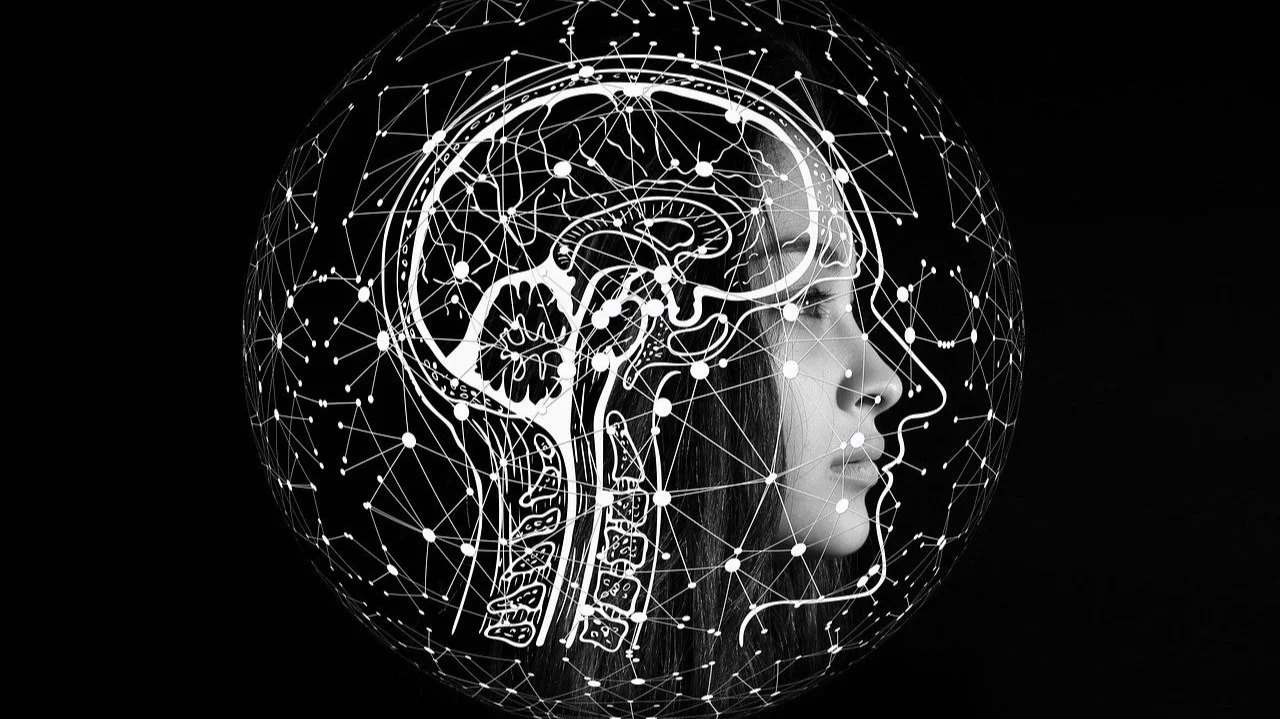Why Is It So Hard to Connect the Dots? Understanding the Brain’s Struggle with Integration
Have you ever read something powerful, heard an inspiring talk, or learned a profound truth — but later struggled to apply it to your own life? Or maybe you’ve sensed that certain experiences, emotions, or ideas in your life should connect… but they remain scattered like puzzle pieces that just don’t seem to fit.
You’re not alone.
Connecting the dots — whether between thoughts, theories, emotions, or memories — is harder than it sounds. But why is that?
Let’s take a deeper look.
The Brain Wasn’t Built to Automatically Integrate Everything
Our brains are complex — and wonderfully compartmentalized. Different regions specialize in different tasks:
· The prefrontal cortex plans, solves problems, and reasons.
· The amygdala detects threats and processes fear.
· The hippocampus holds memory and context.
· The Default Mode Network helps us reflect, imagine, and narrate our lives.
Each part operates like a section in an orchestra — but without conscious effort and practice, they don’t always harmonize. In fact, these areas can often compete with each other (e.g., your fear center hijacking your logical thinking under stress).
So even if you know something on an intellectual level, it doesn’t mean you’ll feel it, remember it, or live by it. That’s where the real challenge of connecting the dots lies: integration.
Why We Struggle to Connect Ideas, Theories, and Emotions
Here are some real, science-backed reasons:
1. Cognitive Overload
In today’s fast-paced world, we’re bombarded with information. When the brain is overloaded, it shifts into survival mode, prioritizing quick reactions over deep connections.
2. Fragmented Learning
Most education systems train us to memorize facts in isolation — not to explore how ideas relate across time, disciplines, or emotions. As a result, our learning is compartmentalized, not integrated.
3. Emotional Disconnection
Many of us weren’t taught how to sit with our emotions or understand what they’re trying to tell us. Emotional suppression or trauma can block the brain’s ability to process, reflect, and link memories and feelings to new ideas.
4. The Default Mode Network (DMN) Gets Drowned Out
The DMN is the brain’s self-reflective network — where we connect the dots between our inner experiences, memories, and values. But when we’re constantly "on task," multitasking, or overstimulated, we don’t give the DMN enough space to activate.
What Helps Us Connect the Dots?
1. Quiet and Reflection
Giving your mind space to wander — through journaling, meditation, nature walks, or prayer — activates the DMN and allows your brain to process and integrate.
2. Emotional Awareness
The more we understand our feelings and where they come from, the more likely we are to draw meaningful connections between past and present, belief and behavior, insight and action.
3. Holistic Learning
Learning that connects head, heart, and hands — that encourages students (and adults!) to link subjects, stories, and experiences — creates webs of meaning instead of isolated facts.
4. Conversations That Go Deep
Talking with others in a safe, curious, and open space helps us surface patterns we might miss on our own. Dialogue is one of the oldest and most powerful tools for integration.
Connecting the Dots Is a Skill, Not a Given
We often assume that if we just “know more,” we’ll become wiser. But wisdom doesn’t come from knowing alone — it comes from connecting what we know, feel, and experience across time.
In a distracted, fast-moving world, connecting the dots is an act of emotional courage, brain alignment, and sacred attention. The good news? It’s a skill we can grow — one pause, one insight, one conversation at a time.

